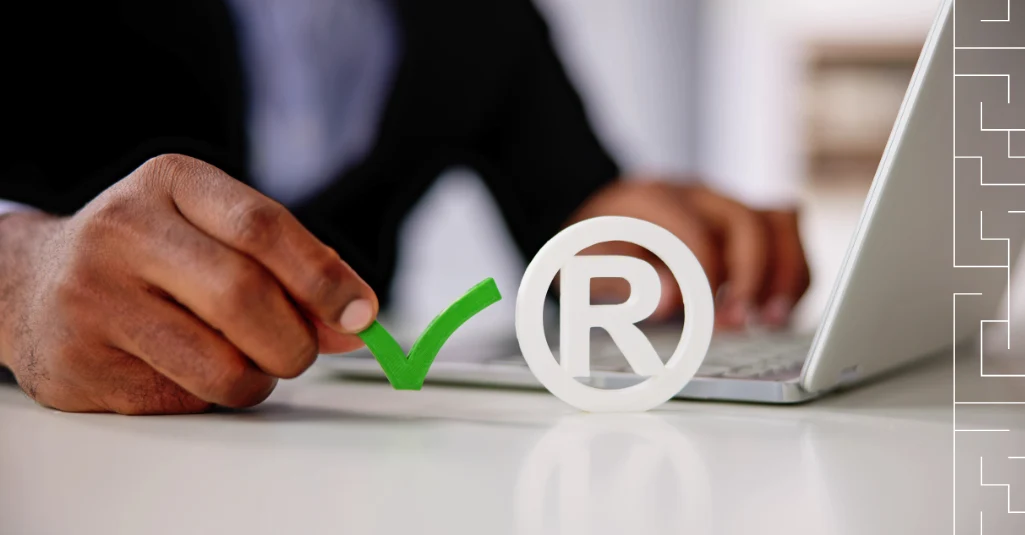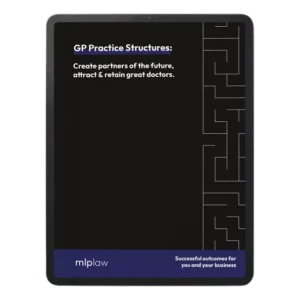Intellectual Property Rights
- Intellectual Property
- 5th Aug 2019
What are UK Intellectual Property Rights? UK Intellectual Property Rights (IPRs) can be broken down into different categories: Patents Trademarks Un-registered Designs Registered Designs Copyright Patents protect inventions for up to 20 years for both the product and the process. To be granted a patent, your product or invention must be something that can be […]
By Stephen Attree
mlplaw
What are UK Intellectual Property Rights?
UK Intellectual Property Rights (IPRs) can be broken down into different categories:
- Patents
- Trademarks
- Un-registered Designs
- Registered Designs
- Copyright
Patents protect inventions for up to 20 years for both the product and the process. To be granted a patent, your product or invention must be something that can be made or used and must be new. It must also be inventive and not modified from something that already exists. Getting a patent can take years, and it will be published 18 months after you file the application.
Trademarks protect a business’ brand name, product or service by using words, logos, sounds or a combination of any of them. It distinguishes your goods and services from your competitors. To be effective, it needs to be registered for all the classes of goods and services for which it is going to be used. Trademarks are renewed every 10 years.
Un-registered design rights automatically protect the shape and configuration of a product, both internally and externally. The design must be original and non-commonplace. Protection can last up to 15 years. However in the last 5 years of protection you must give a licence of right to anybody who asks.
Registered designs protect the overall visual appearance of a product (2D and 3D), providing the design is new, is not offensive, does not utilise protected flags or emblems and is not an invention (you will need a patent for this). Protection can last for up to 25 years but must be renewed every 5 years.
Copyright protects a wide range of written and recorded material. You don’t have to apply for copyright it is automatically applied. The scope of its protection extends to software, databases, photography, drawings, literally work and promotional material. It must be written down or recorded and the protection can last a long time.
What about European and Worldwide IPRs?
IPRs are only generally valid in the country where the right is registered. In order to get European and / or Worldwide protection for your IPR, you must either:
- register your right in the country where you want protection;
- apply to have your right protected in multiple European counties; and / or
- apply to have your right protected in multiple Worldwide countries.
Each application for National, European and Worldwide protection can coexist together.
Patents for European applications must be submitted through the European Patent Office (EPO). Patents for worldwide applications are submitted under the Patent Cooperation Treaty and can be done through the national IP Office or the EPO. It can take up to 4 years to be granted the patent after you make your application
Applications for a European Union Trademark (EUTM), previously called a Community Trademark (CMT), must be submitted through the European Union Intellectual Property Office (EUIPO). A EUTM is valid for 10 years and is renewable every 10 years. Applications for a worldwide trademark must be based on an existing trademark application and can be applied for with the World Intellectual Property Office (WIPO).
As with trademarks, applications for European design rights, both registered (RCD) and unregistered (UCD) must be submitted through the EUIPO. You get 5 years’ protection for a RCD. This can be renewed every 5 years to a maximum of 25 years. International design protection is applied for with the WIPO but unlike trademarks, does not have to be an existing design.
It is not necessary to apply for copyright in most countries in order to have the protection (as it is an automatic protection), nevertheless, in some countries, voluntary registration does give the creator additional benefits such as proof of ownership.
How Important is Intellectual Property for my business?
If you own a business it’s very likely you own Intellectual Property. Over time, businesses build up goodwill and recognition that is linked to the brand, the products and the services they offer.
It is important that IPRs form part of any business plan. IPRs can, and are valued, just like any other business asset. Having ideas, products, goods, services or any other assets that can be linked to IP (and can be protected) will raise the value of the business.
Therefore, as a business grows, IPRs become an important business asset and so should be identified as early as possible. What might seem unimportant today may well be worth millions in the future.
The UK Intellectual Property Office (IPO) have a useful health check tool on their website which will help you identify the IP in your business. https://www.ipo.gov.uk/iphealthcheck.
How to use the protection given?
Businesses invent products to solve problems. As IPRs are a legal form of protection, it’s vital to know how to use them.
- Licence to others for use
Granting a licence permits the other person / company to use the IPR and do something usually in return for a fee. Without this licence, anything that is done can be classed an infringement.
Licencing out is a great way to share costs and risks. You receive revenue from that licencing but do not take all the risk of manufacturing, promoting and/or selling a product. A business may want to collaborate / work together to develop new products and services. You may licence to other businesses to sell in territories that you cannot cover.
Whoever you grant a licence to is free to use the IPRs so you will need to consider the commercial aspects of your business: will your brand be affected, could a competitor work around it and take away market share or will it restrict the growth of your business by the licensor charging royalties that are too high.
- Confidentiality Agreement / Non-disclosure Agreement (NDA)
Before revealing details of your product / venture to other interested parties, you can ask them to sign a Confidentiality / Non-disclosure Agreement to prevent them from stealing your IPR / ideas. These are relatively simple and straightforward to draw up but can slow down the process if the other side are reluctant to sign and / or have the Agreement looked at by a legal representative.
- Install an early warning system
Installing software so that when any images are uploaded by someone else it recognises and compares this to your IPR giving you the chance to take action as early as possible.
If you or your Company would like any advice on protecting or licencing out your Intellectual Property Rights please call us on
0161 926 9969 or alternatively email commercial@mlplaw.co.uk.
About the expert

Stephen Attree
Managing Partner
Stephen is the Owner of MLP Law and leads our Commercial, IP and Dispute Resolution teams which provide advice on all aspects of the law relating to mergers, acquisitions, financing, re-structuring, complex commercial contracts, standard trading terms, share options, shareholder and partnership agreements, commercial dispute resolution, joint venture and partnering arrangements, IT and Technology law, Intellectual Property, EU and competition law, Brexit and GDPR.
Interested in working with Stephen?
Let’s start by getting to know you and your business - either on the phone or in person. Complete the form below and we’ll be in touch shortly.


